Fixing dxgkrnl.sys Blue Screen Error – Quick Solutions
- Home
- Support
- Tips System Rescue
- Fixing dxgkrnl.sys Blue Screen Error – Quick Solutions
Summary
Learn how to troubleshoot the dxgkrnl.sys blue screen error on Windows and get back to using your system quickly with our expert solutions. We can also use Renee PassNow to backup and transfer the important files.
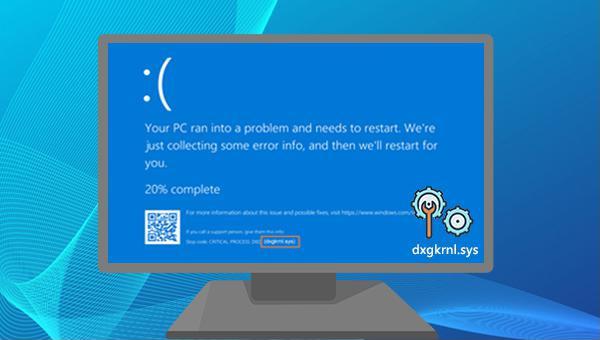

Easy to use 3 steps to transfer the files.
Transfer the files Transfer the important files of the computer without system.
Preview the files Preview the files while transferring the data.
Multifuctional Data recovery, Windows password reset, bootable problem recovery can be run without system.
Highly compatible Windows 10/8.1/8/7/XP/Vista. Also supports UEFI boot mode.
Easy to use 3 steps to transfer the files.
Transfer the files Transfer the important files of the computer without system.
Preview the files Preview the files while transferring the data.
Free TrialFree TrialNow 2000 people have downloaded!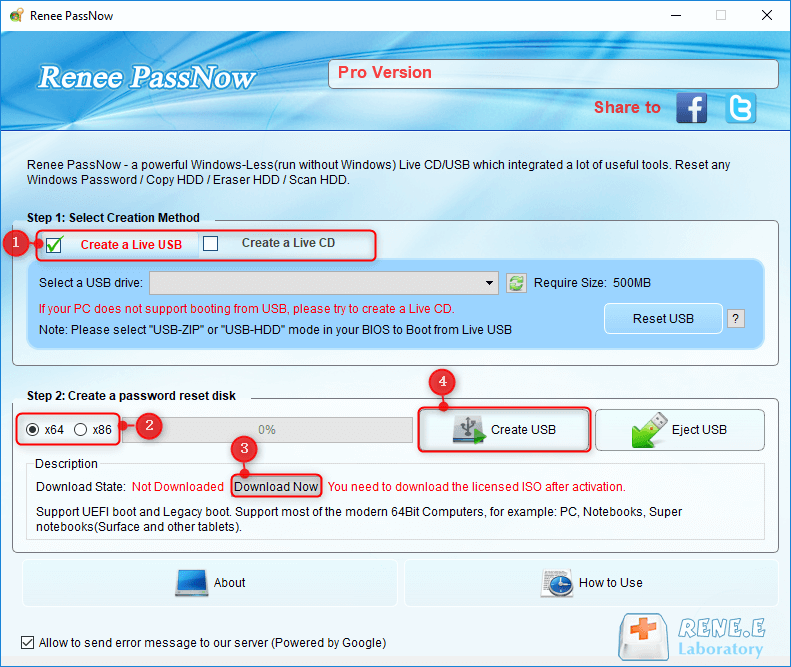
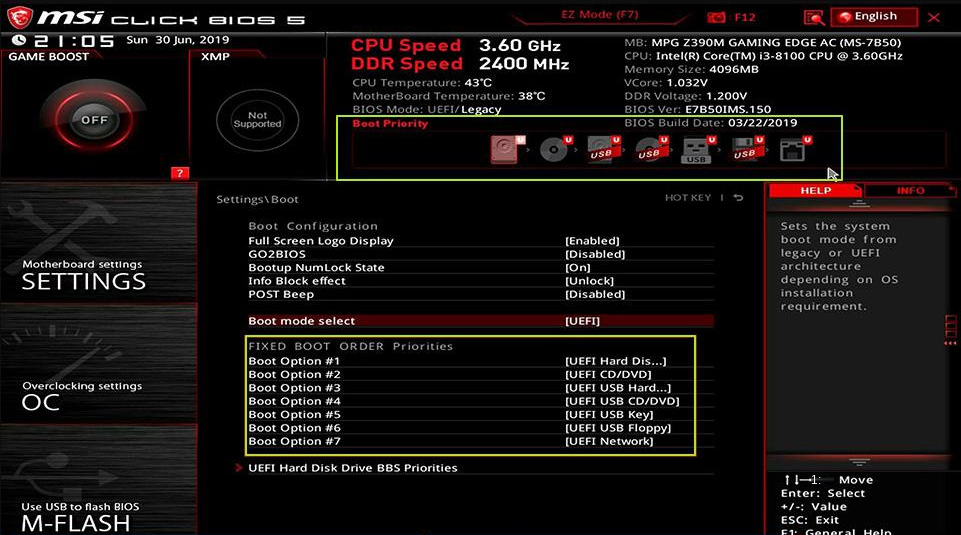
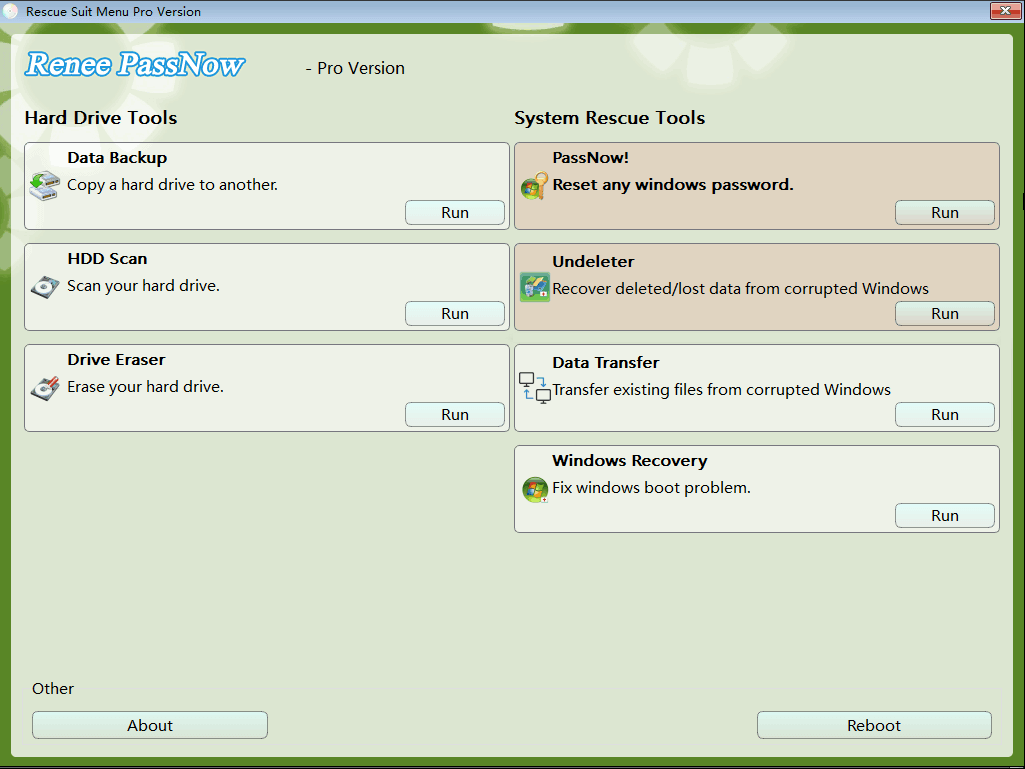
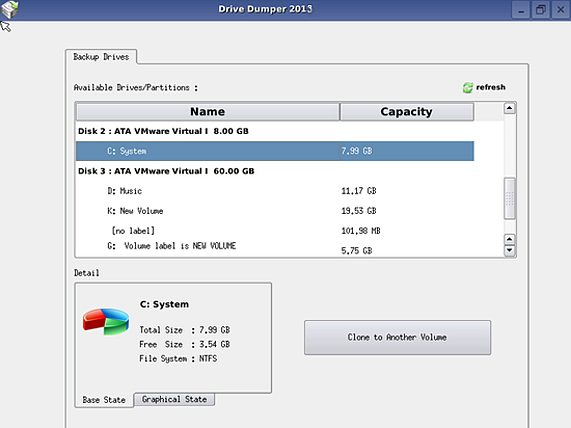
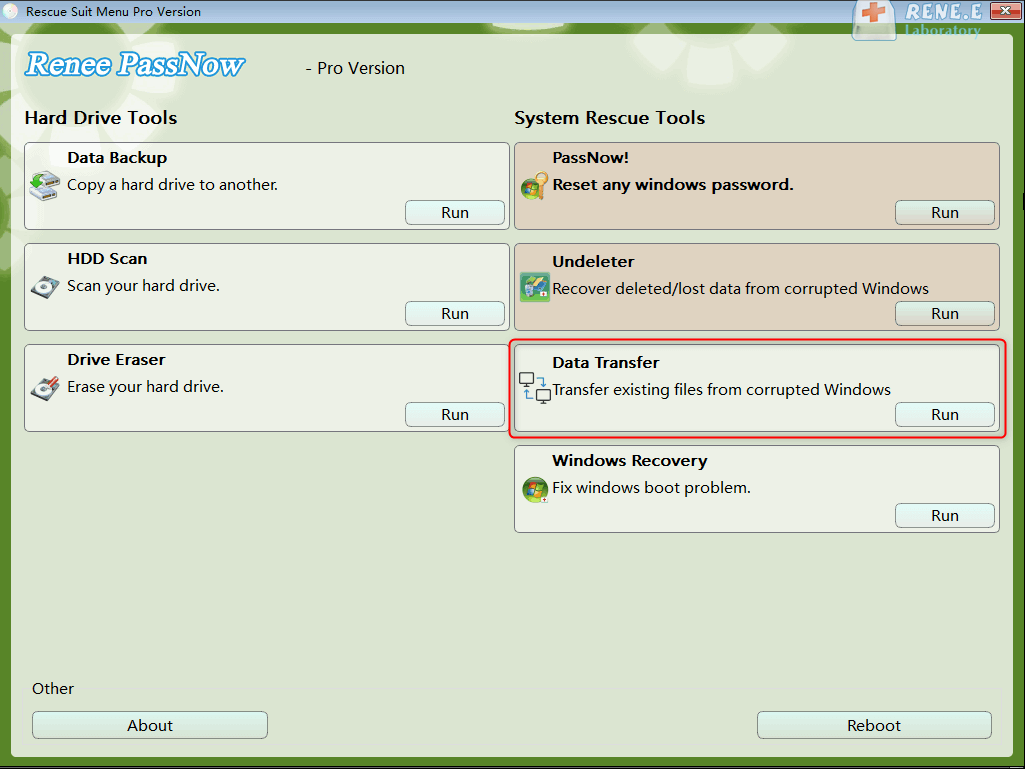
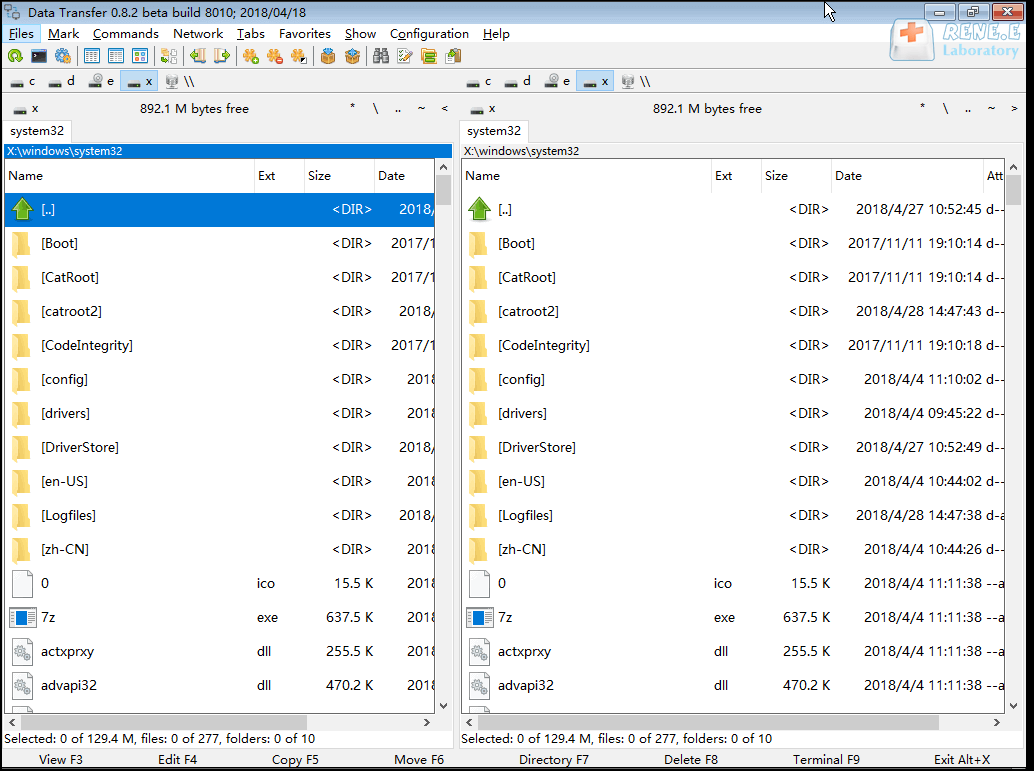
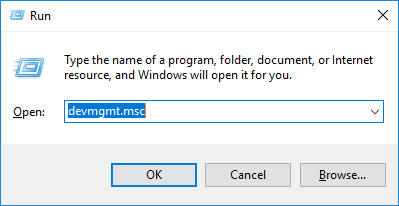
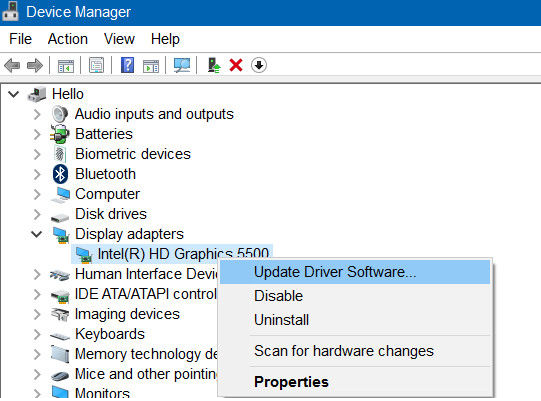
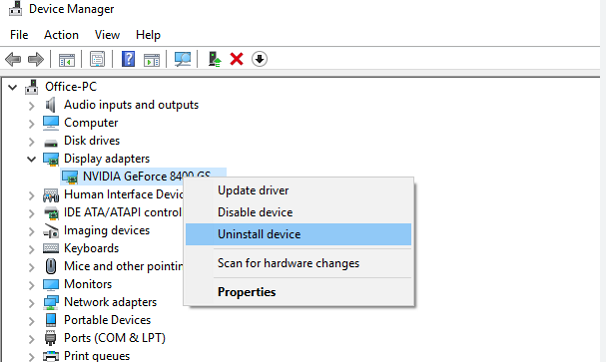
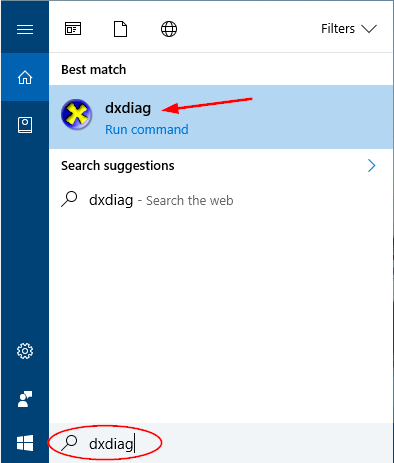
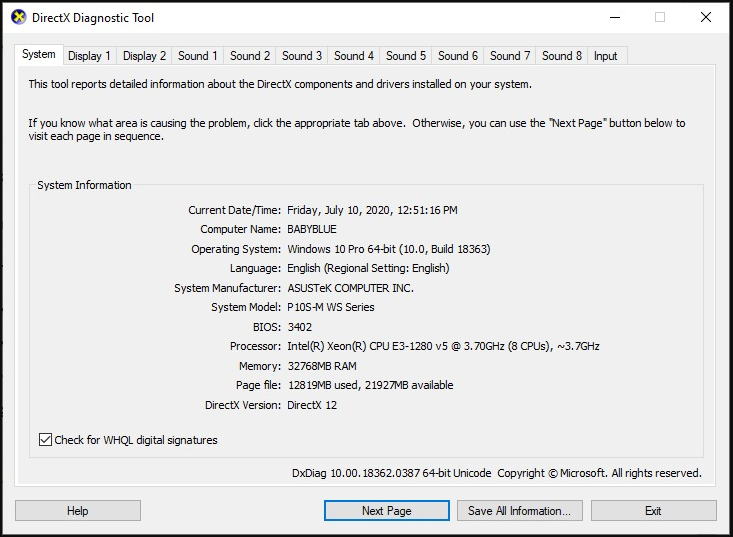
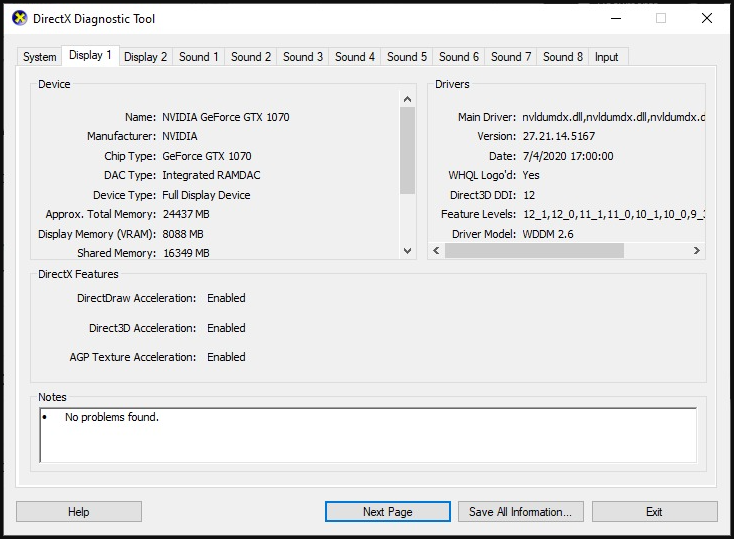
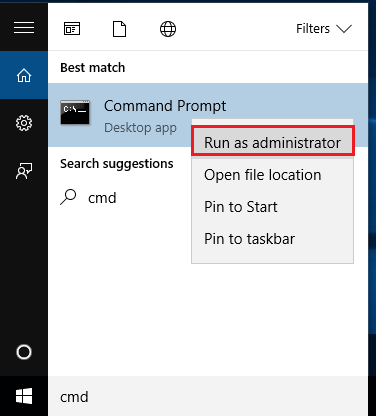
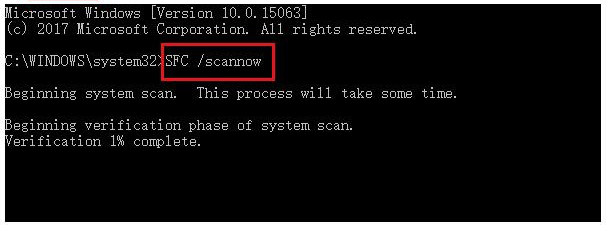
Relate Links :
Get Rid of Windows 10 Green Screen in 3 Easy Steps!
01-03-2024
Ashley S. Miller : Learn about the uncommon but frustrating Windows 10 green screen errors and their causes, and find quick and...
Fix Blue Screen Error Atikmdag.sys on Windows 10
26-05-2024
Jennifer Thatcher : Discover thorough insights on atikmdag sys windows 10 blue screen errors, covering definitions, causes, and comprehensive solutions.
Multiple Solutions to Fix 0x80070570 Error on Windows
29-01-2024
John Weaver : Learn how to fix the 0x80070570 error that may occur during Windows installation or upgrade. Our detailed guide...
Fix DRIVER OVERRAN STACK BUFFER Error with Ease
26-01-2024
Amanda J. Brook : Learn how to fix the DRIVER OVERRAN STACK BUFFER blue screen error with our practical repair methods and...
- I. About the blue screen error dxgkrnl.sys
- II. When unable to enter the system, use Renee PassNow to backup or transfer important data
- 1. What is Renee PassNow?
- 2. How to use Renee PassNow to backup or transfer data?
- III. How to fix dxgkrnl.sys blue screen error?
- 1. Update or uninstall and reinstall the graphics card driver
- 2. Use the DirectX Diagnostic Tool
- 3. Run SFC and DISM commands to scan system files
- 4. Check hardware failure




